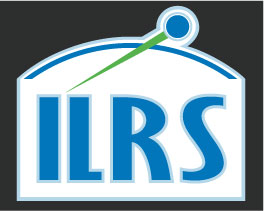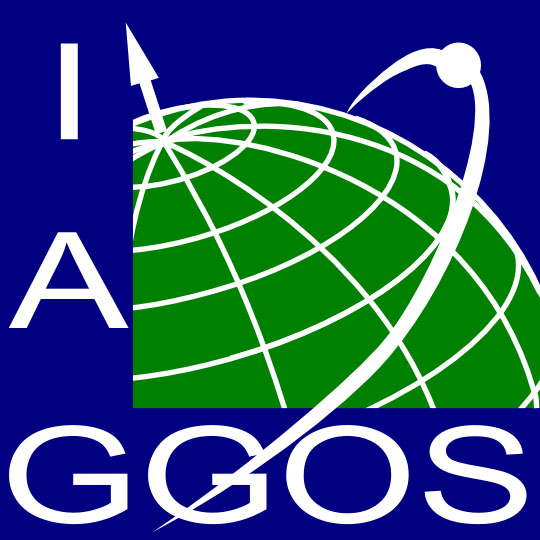
LightSail
Jump to: LightSail-1 Mission Support Status, LightSail-1 Mission Support Request
LightSail-2 Mission Support Status, LightSail-2 Mission Support Request, LightSail-2 MSR Appendix
LightSail-1 ILRS Mission Support Status:
SLR will be utilized to perform spacecraft orbit determination before and after solar sail deployment. Without an onboard GPS receiver, SLR is the primary orbit determination method.
Current ILRS Tracking Statistics: (as of 18-May-2025 00:00:15 UTC)
| Satellite | Site Name | Station | Start Date | End Date | No. Passes | No. Points |
|---|---|---|---|---|---|---|
| LIGHTSAIL-2 | Yarragadee | 7090 | 2019-08-02 10:28:05 | 2019-09-20 11:34:20 | 8 | 25 |
LightSail-1 ILRS SLR Mission Support Request:
LightSail-1 MSRLightSail-1 MSR Appendix
LightSail-1 GENERAL INFORMATION
Satellite Name: LightSail-1
Satellite Host Organization: The Planetary Society
Primary Technical Contact: David Spencer
Address: 270 Ferst Dr. SE, Atlanta, GA 30332-0150
Phone No.: 770-331-2340
FAX No.:
E-mail Address: david.spencer@ae.gatech.edu
Web Address:
Alternate Technical Contact: Riki Munakata
Address: 398 W. Washington Blvd, Suite 100, Pasadena, CA 91103
Phone No.: 916-719-1349
FAX No.:
E-mail Address: rmunakata@eclipticenterprises.com
Web Address:
Primary Science Contact: David Spencer
Address: 270 Ferst Dr. SE, Atlanta, GA 30332-0150
Phone No.: 770-331-2340
FAX No.:
E-mail Address: david.spencer@ae.gatech.edu
Web Address:
LightSail-1 MISSION SPECIFICS:
Scientific or Engineering Objectives of Mission: LightSail-A will demonstrate the deployment of a 32 m2 solar sail from a 3-unit CubeSat platform.
Satellite Laser Ranging (SLR) Role of Mission: SLR will be utilized to perform spacecraft orbit determination before and after solar sail deployment. Without an onboard GPS receiver, SLR is the primary orbit determination method.
Anticipated Launch Date: May 2015
Expected Mission Duration: 6 weeks
LightSail-1 ANTICIPATED ORBITAL PARAMETERS:
Altitude: 350 km x 700 km
Inclination: 55 Degrees
Eccentricity: 0.0253
LightSail-1 TRACKING REQUIREMENTS:
Tracking Schedule: Launch to L+28 days: 1 track/day. L+28 - re-entry: 3 tracks/day
Spatial Coverage: Global coverage is requested
Temporal Coverage: Launch to L+28 days: 1 track/day. L+28 - re-entry: 3 tracks/day
Orbital Accuracy: 25m
LightSail-1 OPERATIONS REQUIREMENTS:
Prediction Center: Georgia Tech
Prediction Technical Contact Information:
Name: David Spencer
Address: 270 Ferst Dr. SE, Atlanta, GA 30332-0150
Phone No.: 770-331-2340
E-mail Address: david.spencer@ae.gatech.edu
Priority of SLR for POD: SLR is the only source of POD for LightSail. Highest priority
Other Sources of POD (GPS, Doppler, etc.): N/A
Normal Point Time Span (sec): 30
Any network that can provide global coverage is sufficient.
LightSail-1 RETROREFLECTOR ARRAY INFORMATION:
Description of Array and Location: LightSail-A has a total of 7 corner cubes attached to the spacecraft. 4x 10.0mm Corner Cube and 3x 12.7mm Corner Cube
Retroreflector Primary Contact info:
Name: Riki Munakata
Address: 398 W. Washington Blvd, Suite 100, Pasadena, CA 91103
Phone No.: 916-719-1349
FAX No.:
E-mail Address: rmunakata@eclipticenterprises.com
Lightsail-1 Related documentation
Related Documentation:
LightSail-2 ILRS Mission Support Status:
SLR will be utilized to perform spacecraft orbit determination before and after solar sail deployment. Without an onboard GPS receiver, SLR is the primary orbit determination method.
LightSail-2 GENERAL INFORMATION
Satellite Name: LightSail-2
Satellite Host Organization: The Planetary Society
LightSail-2 MISSION SPECIFICS:
Scientific or Engineering Objectives of Mission: LightSail-B will demonstrate the deployment of a 32 m2 solar sail from a 3-unit CubeSat platform and demonstrate controlled orbit change using solar radiation pressure, increasing apogee.
Satellite Laser Ranging (SLR) Role of Mission: SLR will be utilized to perform spacecraft orbit determination before and after solar sail deployment. Without an onboard GPS receiver, SLR is the primary orbit determination method.
Anticipated Launch Date: mid 2018
Expected Mission Duration: 30 days following sail deployment
LightSail-2 ANTICIPATED ORBITAL PARAMETERS:
Altitude: 720 km
Inclination: 24 Degrees
LightSail-2 RETROREFLECTOR ARRAY INFORMATION:
Description of Array and Location: LightSail-2 has a total of 13 corner cubes attached to the spacecraft.
Related Documentation:




